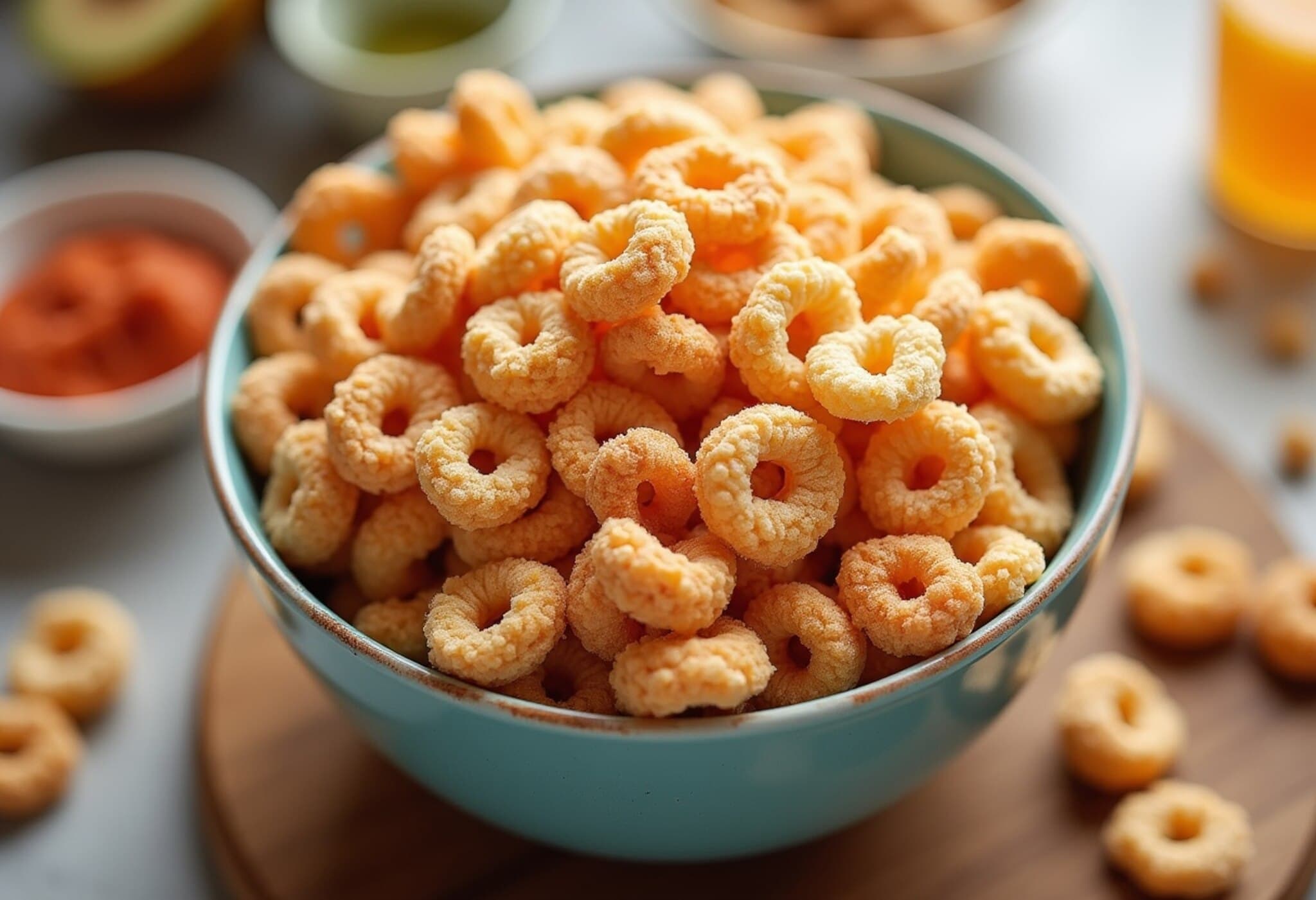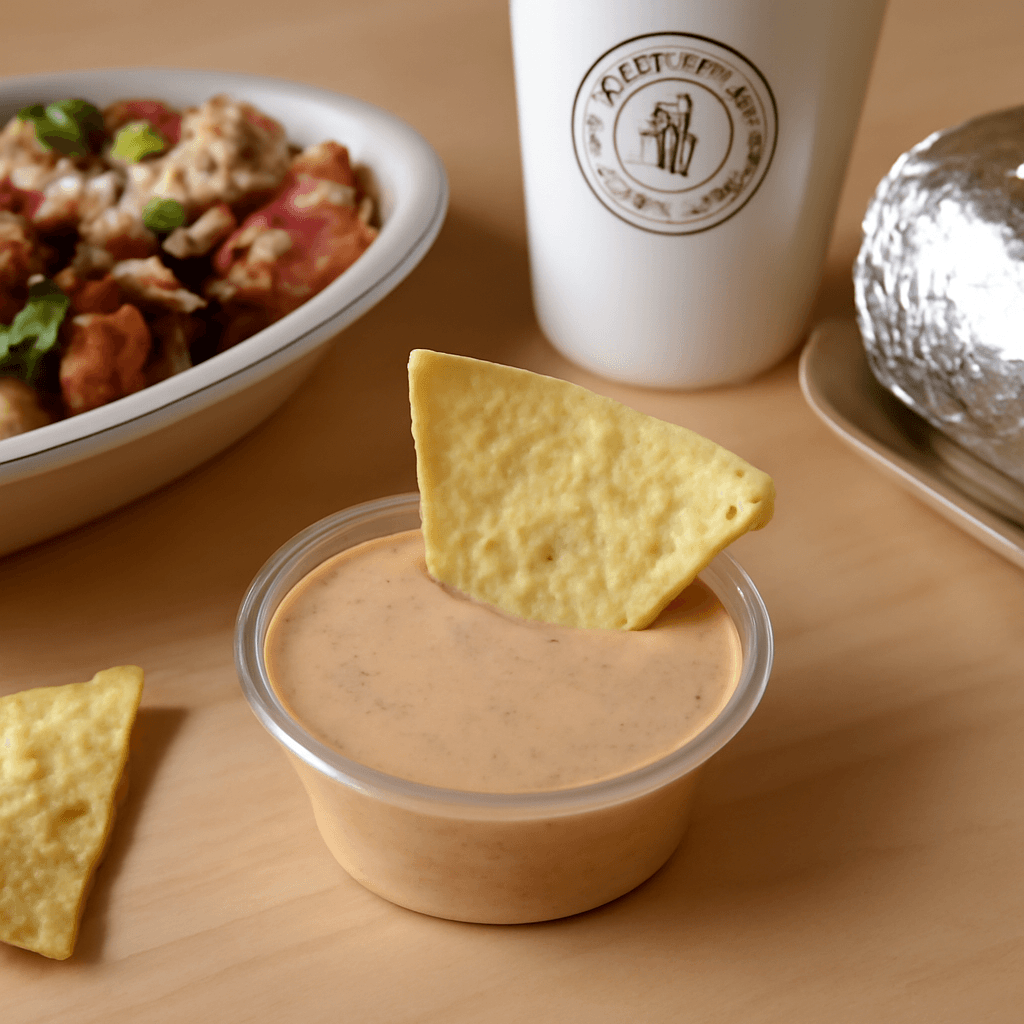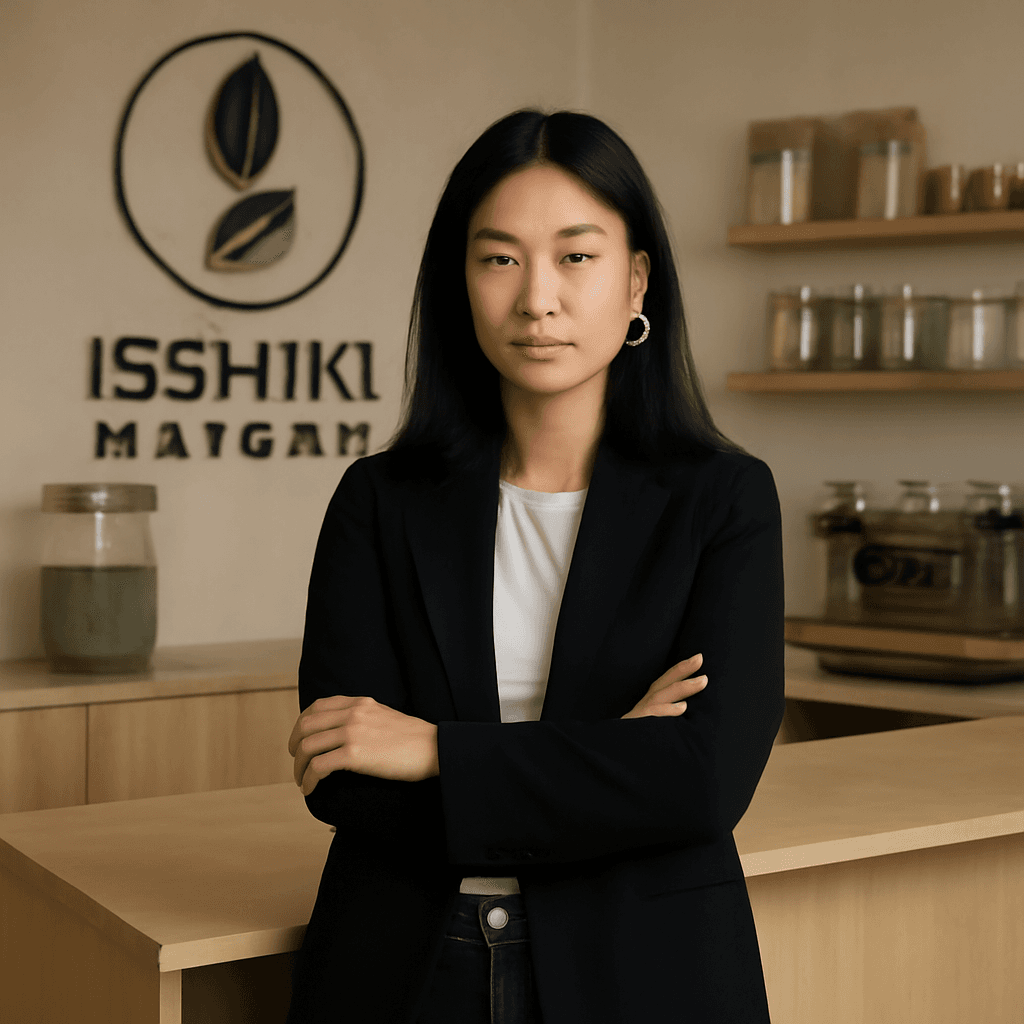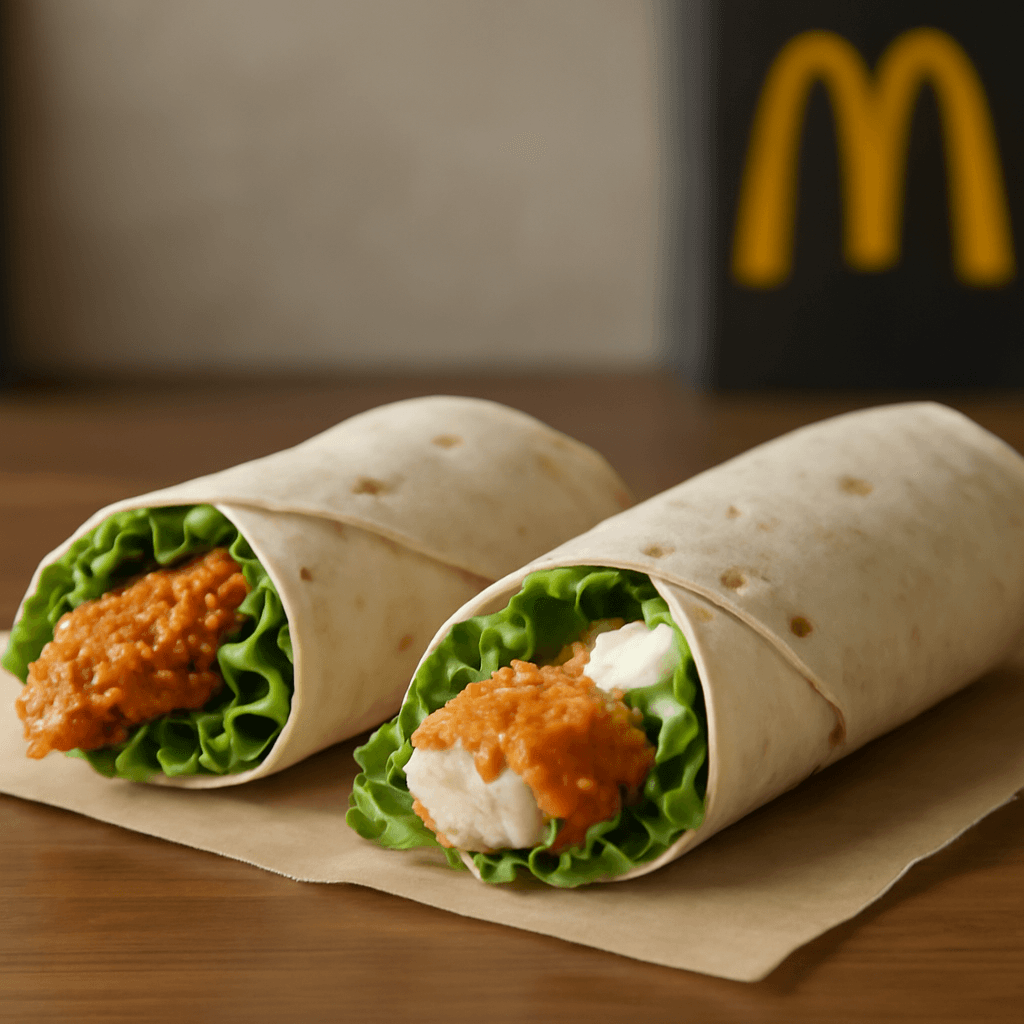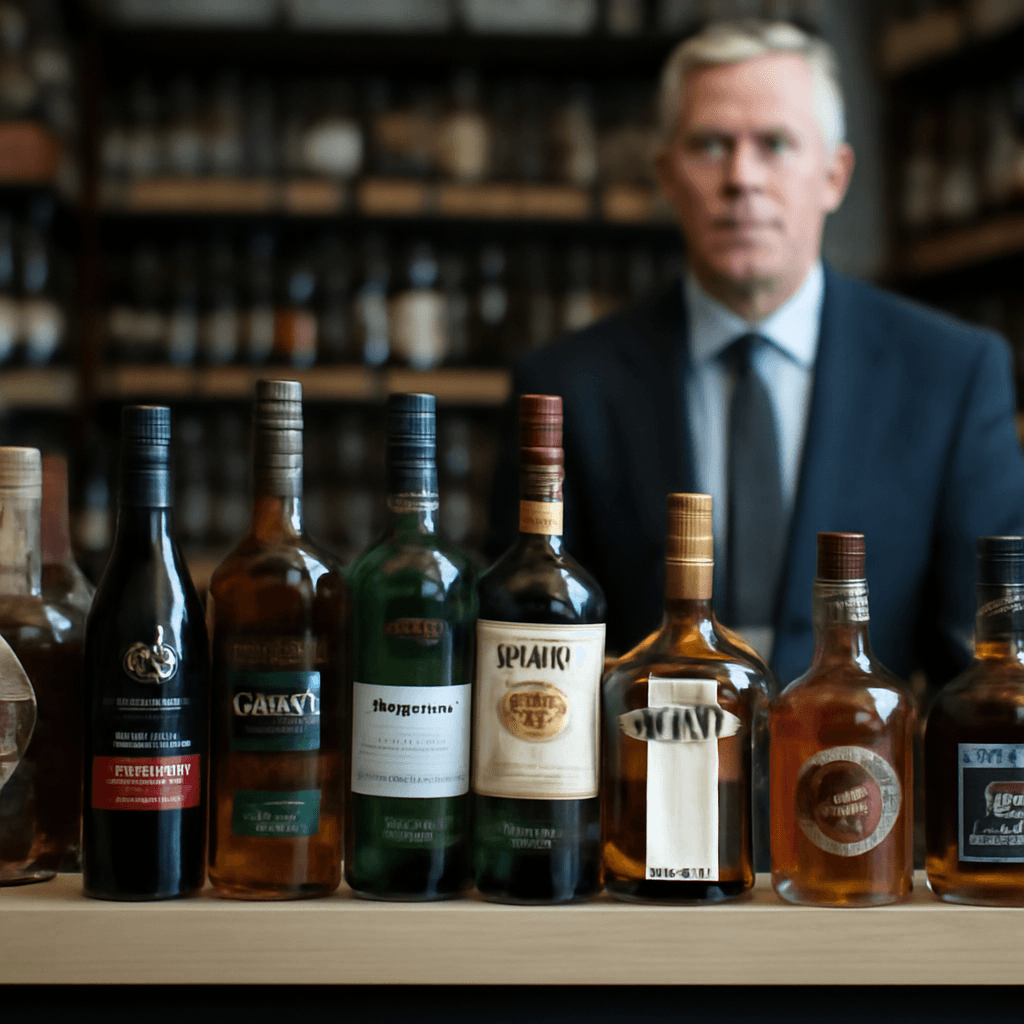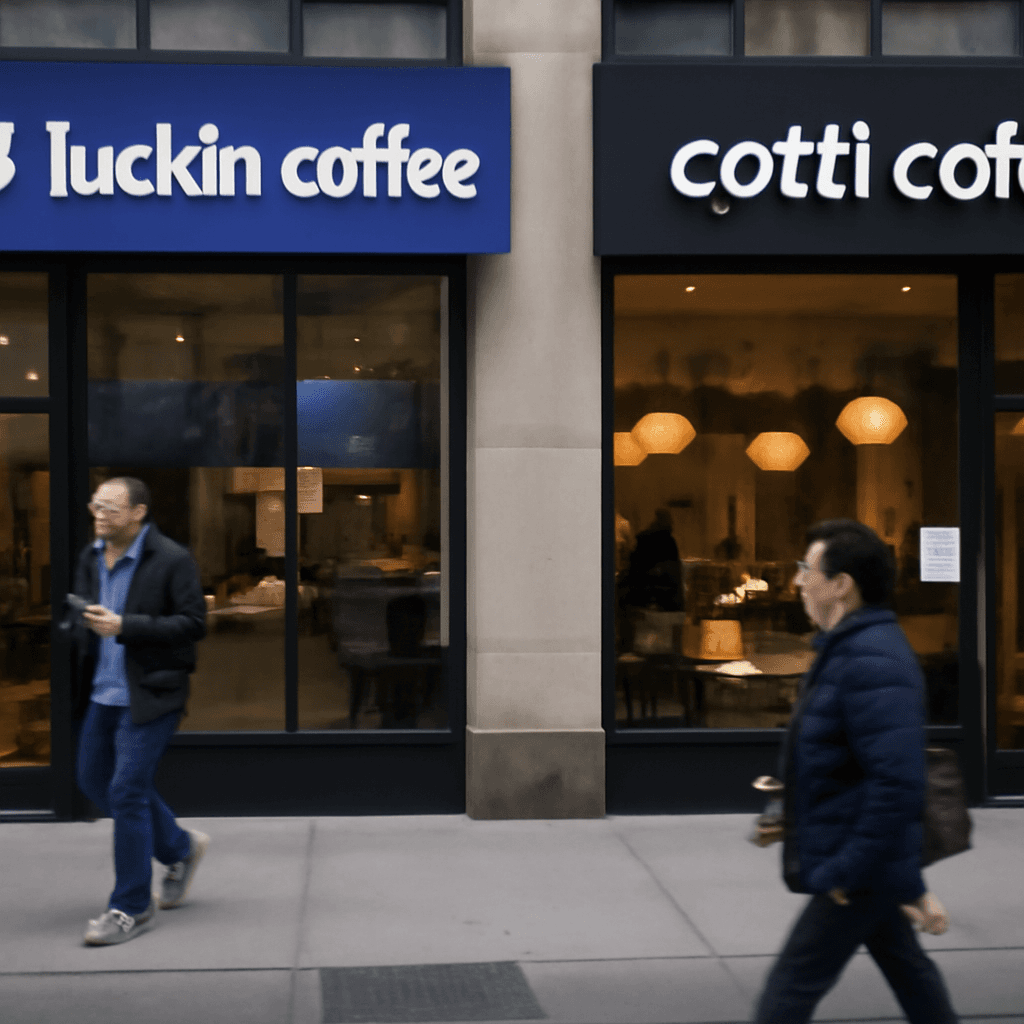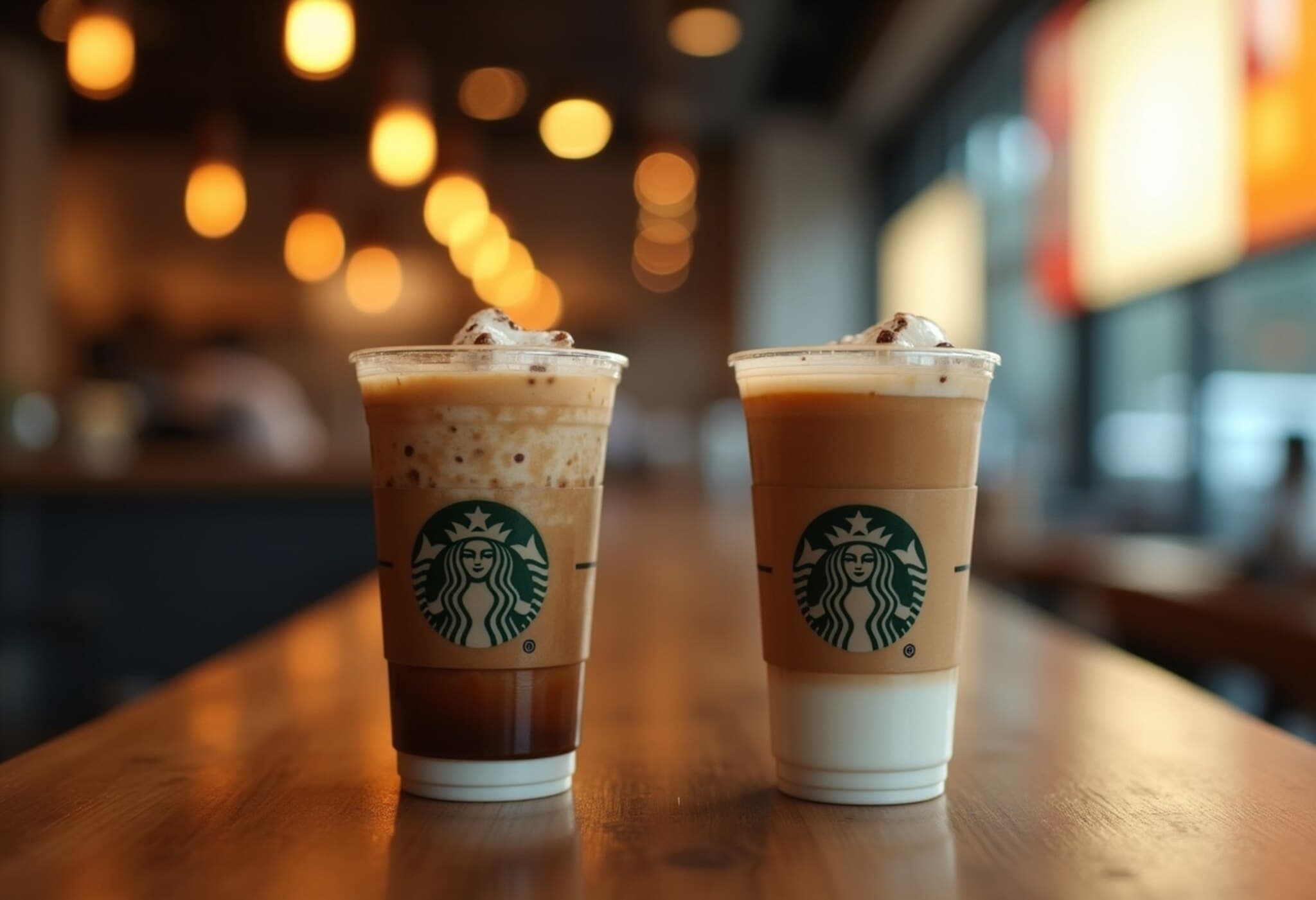Ferrero Expands U.S. Footprint with $3.1 Billion WK Kellogg Acquisition
In a strategic move shaking up the packaged foods industry, Italian confectionery giant Ferrero announced on July 9, 2025, its plan to acquire WK Kellogg for $3.1 billion. The announcement sent WK Kellogg's shares surging by nearly 30% in premarket trading, underscoring investor enthusiasm about the deal's potential.
A Premium Buyout Amidst Industry Shifts
The $23-per-share offer represents a 31% premium above WK Kellogg's closing price the day before. Despite a challenging market earlier this year that saw the cereal maker's shares slip over 2%, the acquisition revives confidence in a company known for iconic brands like Froot Loops and Frosted Flakes.
Set to close in the latter half of 2025, the deal awaits regulatory and shareholder approval. It marks a notable consolidation in the cereal and snacks category, a sector facing shifting consumer preferences away from sugary cereals toward healthier or alternative breakfast options.
Context: WK Kellogg’s Recent Evolution
WK Kellogg emerged as a standalone entity in 2023 after spinning off from the parent Kellogg Company—which pivoted toward the growing snack segment, rebranding itself as Kellanova. Kellanova now oversees snack brands like Pringles and Cheez-It, while WK Kellogg retained the traditional cereal portfolio. This separation reflects larger industry trends where legacy cereal brands confront declining demand amid shifting health-conscious consumer behavior and inflationary pressures.
Ferrero’s Strategic Ambitions in North America
For Ferrero, the acquisition is another chapter in its aggressive U.S. expansion. The family-run company has previously acquired U.S. assets such as Nestlé’s candy business and Wells Enterprises, the maker of Halo Top ice cream. Ferrero, now the third-largest candy company in the U.S., has also innovated its product lineup with regionally tailored offerings like peanut Nutella and Dr Pepper Tic Tacs.
Giovanni Ferrero, Ferrero Group's executive chair, framed the acquisition as a milestone, emphasizing the blend of international brands with American favorites. "Today's announcement strengthens our confidence in the future and the opportunities ahead," he said.
Market Implications and Consumer Trends
- Industry consolidation: The packaged food sector is witnessing ongoing mergers as companies seek scale and diversification to combat slowing growth in traditional categories.
- Consumer shifts: Health-conscious consumers increasingly shun sugary cereals, opting for wholesome breakfasts or private label alternatives, especially as inflation bites.
- Brand reinvention: Ferrero’s approach to localizing products and innovating flavors caters to American tastes, a vital strategy in market expansion.
Looking Ahead: Financial Expectations and Reporting
WK Kellogg is scheduled to release its next quarterly results on August 5, but will forgo the usual conference call due to the pending acquisition. Preliminary estimates project net sales between $610 million and $615 million, with adjusted EBITDA ranging from $43 million to $48 million. These figures offer a glimpse into the scale of operations Ferrero is acquiring.
Expert Insights: What This Means for the U.S. Cereal Market
From a policy and market analyst perspective, Ferrero’s move reflects broader shifts in American food consumption patterns. The deal highlights the challenge legacy cereal brands face in staying relevant amid evolving dietary trends and inflationary pressures on consumers. It also signals that foreign players see value in leveraging established local brands to deepen market penetration.
Moreover, the transaction raises critical questions: Can Ferrero successfully reinvigorate WK Kellogg’s legacy cereals with innovation and marketing savvy? How will this consolidation affect competition and pricing in the cereal aisle? And what role will regulation play in approving and potentially shaping such deals in a market increasingly focused on health and consumer choice?
Editor’s Note
Ferrero’s acquisition of WK Kellogg is more than a simple business transaction—it’s a telling indicator of evolving consumer preferences, international investment dynamics, and the strategic future of American pantry staples. While the $3.1 billion deal celebrates brand heritage, it also challenges the new owners to innovate amidst a health-conscious and cost-conscious audience. Readers should watch how this consolidation might reshape breakfast tables across the country and what it promises for competing cereal companies and consumer options going forward.

